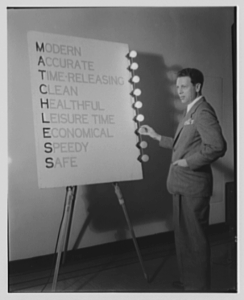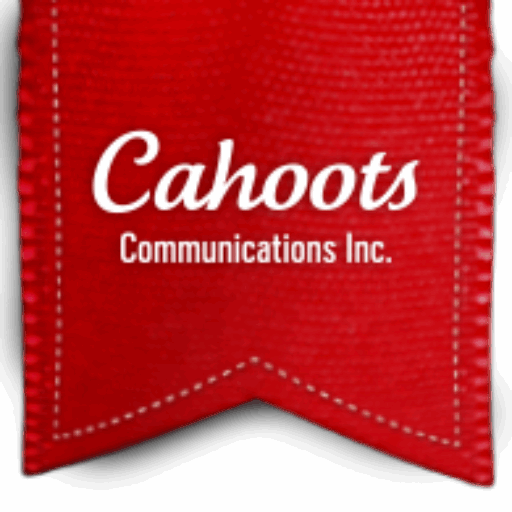
 Often the first impression your audiences have about your organization’s programs, products, and services . . . is your name. It’s a fundamental part of your brand and making a good name for your organization is no easy feat.
Often the first impression your audiences have about your organization’s programs, products, and services . . . is your name. It’s a fundamental part of your brand and making a good name for your organization is no easy feat.
We have found that the naming of a nonprofit is often accomplished around the dinner table with a pencil, dictionary, and a lot of good intentions. For ministries, far too often, it’s with a Greek dictionary. Other times, geography plays a greater role than it should because growth can force a nonprofit to relocate or outgrow its name. But the more serious strategy is to concept a name that’s too long and then reduce it to an initialism.
In the advertising and marketing industry, there are firms who specialize in brand name creation, and they regularly make six figures doing so. That’s because coming up with a good name is a science and it’s really hard work. Over the decades as an agency, we’ve pinpointed twelve characteristics that make a good brand name, and one of them is that a good name should be easy to read, spell, and retain. We know from years of experience that the use of initialisms and acronyms doesn’t meet any of those criteria.
Initialisms vs. Acronyms
First, let’s clear up one of the most common brand name inaccuracies, and that’s calling an initialism an acronym.
AT&T is an initialism — it uses the first letter of each word. An acronym, which also uses the first letter of each word, actually spells a real word. The Denver Art Museum, as an example, uses the acronym DAM. Dam is an actual word and if you come to Denver you can spend a day at the DAM.
But let’s go a step further and demonstrate why initialisms, or even real acronyms, are a massive mistake when it comes to building equity in your brand name.
Even those brands who have household names today that are initialisms, didn’t start that way. As an example, let’s use AT&T. It started as American Telephone and Telegraph Company and Associated Companies. And it used the Bell System tag of “local and long-distance telephone.”
It was a mouthful in 1885 and it’s still a mouthful today. Plus, when you have an extremely long name, and especially one that over time begins to become obsolete, history has shown businesses and nonprofits begin to abbreviate.
Keep in mind that from 1885 until 1966, American Telephone and Telegraph was building brand recognition until they made the bold step to use an initialism. In this case, AT&T’s initialism took over 100 years and millions and millions of advertising dollars before they had the privilege to abbreviate. Let there be no mistake, it is a privilege to abbreviate and it’s one of the primary brand name mistakes made by a lot of organizations that think they have this privilege without the investment.
Google it for yourself.
If your organization is currently using an initialism or acronym rather than your full name, try this experiment. Google it. Just the three or four letters you use and hit “Search.” Can you find your organization quickly? Just think about how difficult you’ve made it for your potential donors, or those you serve, to find you or differentiate you from the plethora of other businesses or nonprofits using the same initialism.
New donors, or those you wish to serve, probably don’t even know what the letters stand for, let alone remember them. You’re making the assumption that an initialism is easier to remember and that simply isn’t true.
When you get the urge to go military and begin using initialisms, think twice. Or better yet, just don’t do it. Your nonprofit’s name should mean something. It should distinguish you. It may be easier for your internal operations to use an initialism, but going public with it can cost you name recognition.
The fastest way to ensure no one will find you online is to use an initialism.
Now, we’re going to guess that you don’t have marketing budgets that allow for the reach and frequency it takes to establish an initialism as a good brand name. Different reports suggest that it will take 20 times the frequency to familiarize your audience with what your initialism or acronym name stands for versus a brand name that uses words that can be spelled, retained, and present the promise of your cause.
For more of this story and the twelve characteristics of a good name, Consider This Cahoots Course:

